Summary
Cable and satellite set-top boxes typically default to 1080i. While Just Add Power hardware handles 1080p sources perfectly, interlaced broadcast content (1080i) must be deinterlaced, which reduces picture quality.
For the best and most consistent results in a Just Add Power system, configure every cable/satellite box to output 720p whenever possible.
This article explains why 720p is recommended and how it improves video quality in real-world installations.
Detailed Explanation
Prefer a video walkthrough? The full training session is available here.
Interlaced vs. Progressive Video
Television signals are delivered in one of two formats: interlaced or progressive.
Progressive (720p, 1080p)
Every line of the image is refreshed in every frame. This produces a clean, stable picture—ideal for motion, sports, and modern displays. Cable/satellite boxes generally output 720p for standard programming, while 1080p is typically limited to pay-per-view or on-demand content.
Interlaced (1080i)
Only half the image (odd or even lines) is shown per frame. The TV reconstructs a full image by alternating fields rapidly. Cable/satellite providers frequently use 1080i, historically because it saved bandwidth and reduced artifacts on older CRT and early plasma displays.
Why 720p Is Better in a Just Add Power System
Just Add Power Encoders transmit complete video frames across the network. When a source outputs 1080i, the Encoder must deinterlace the image to create a progressive frame. Deinterlacing inherently reduces clarity and can introduce motion artifacts.
Modern TVs, production studios, and sports networks overwhelmingly prefer progressive formats. This aligns perfectly with how Just Add Power hardware is designed to perform at its best.
Recommendation: Always set cable and satellite boxes to 720p output. This avoids deinterlacing, improves motion clarity, and delivers the cleanest picture possible through Just Add Power hardware.
Why 1080i Still Exists
Interlaced formats were originally used to:
- Reduce motion ghosting on older CRT and early plasma displays
- Conserve bandwidth for cable and satellite transport
With today’s LED/LCD displays and increased provider bandwidth, these advantages no longer apply—and progressive output is almost always superior.
Final Recommendation
To ensure optimal picture quality in any Just Add Power installation:
- Set cable and satellite boxes to output 720p only.
- Avoid 1080i whenever possible.
- Expect noticeably better motion handling, clearer detail, and more consistent performance across displays.
This simple setting change provides one of the biggest “quality-per-minute” improvements available in a Just Add Power system.




